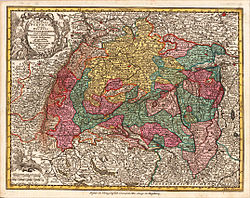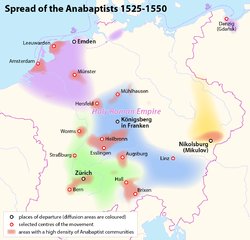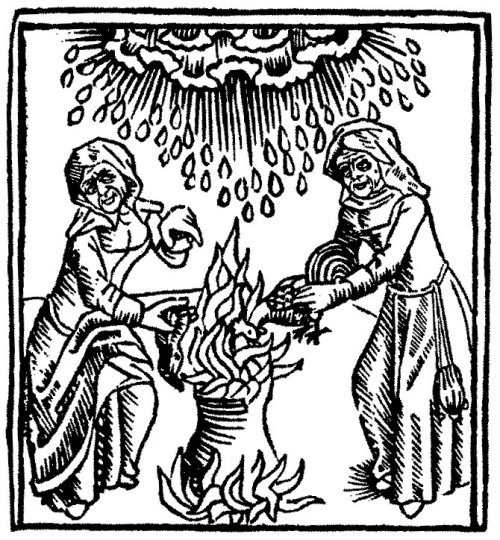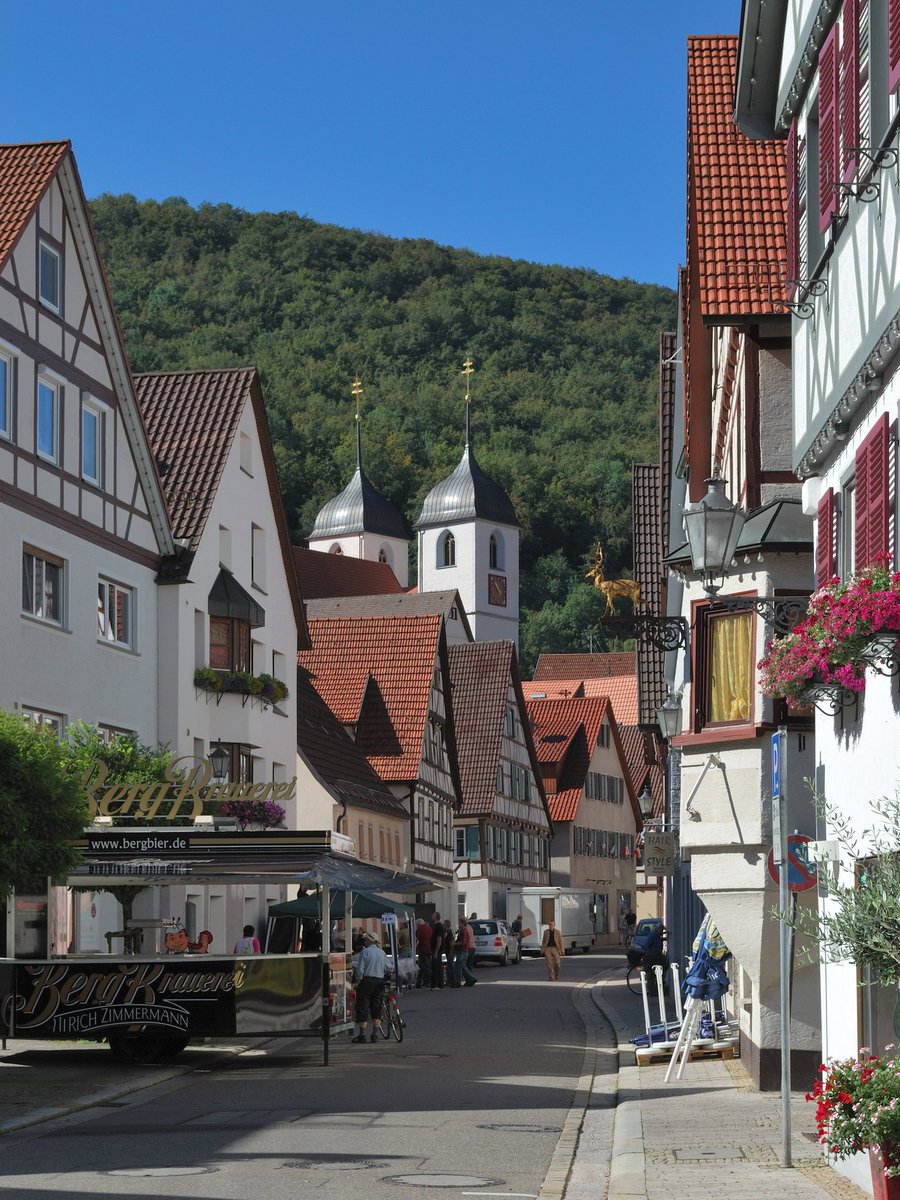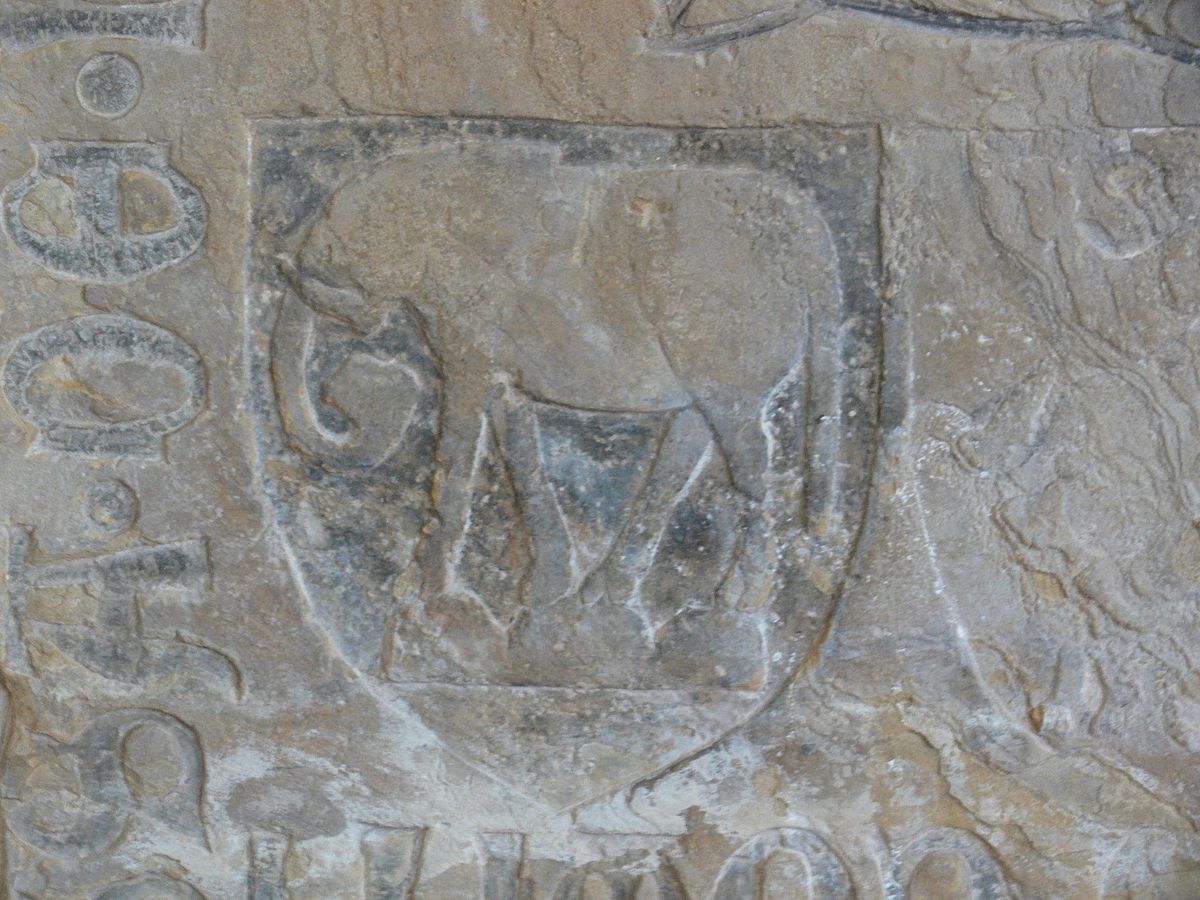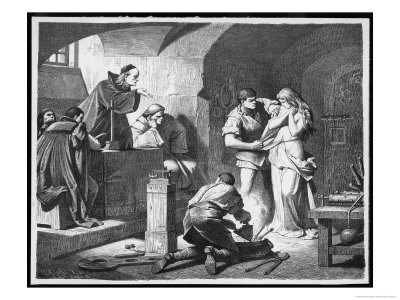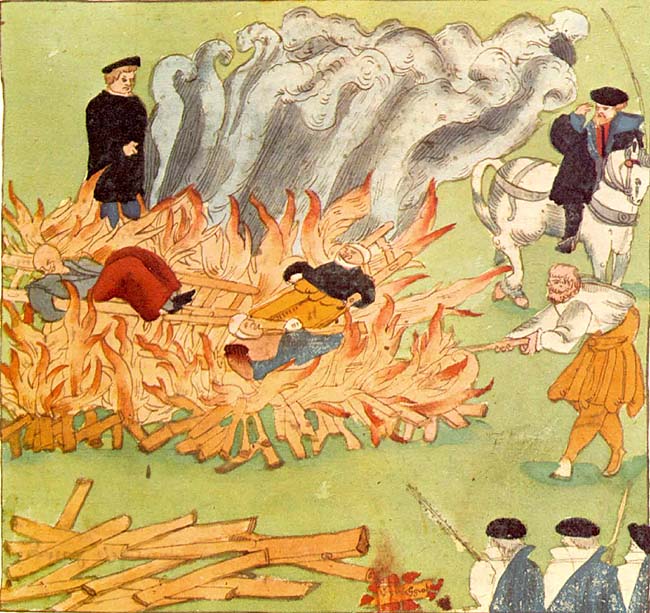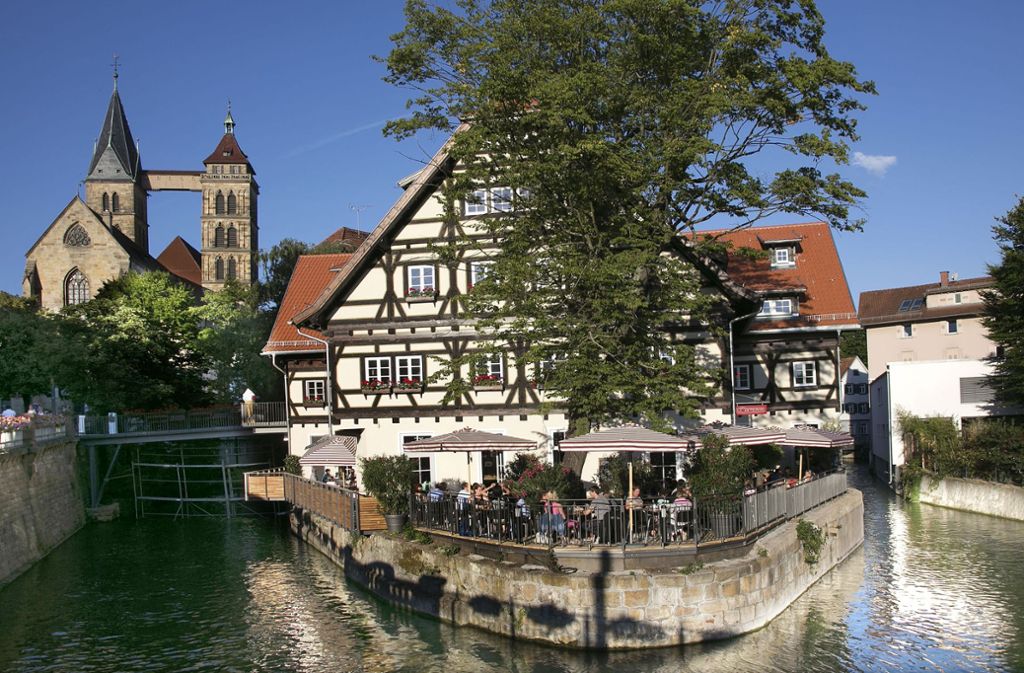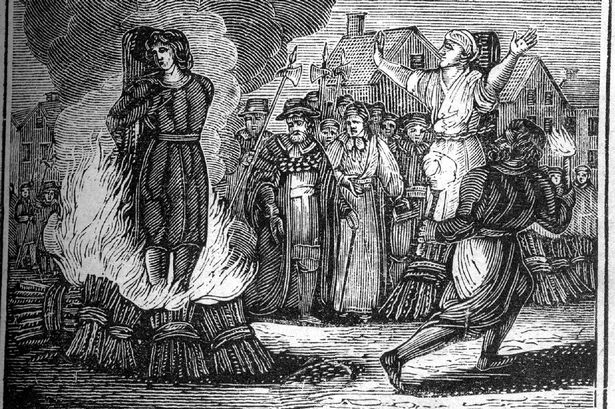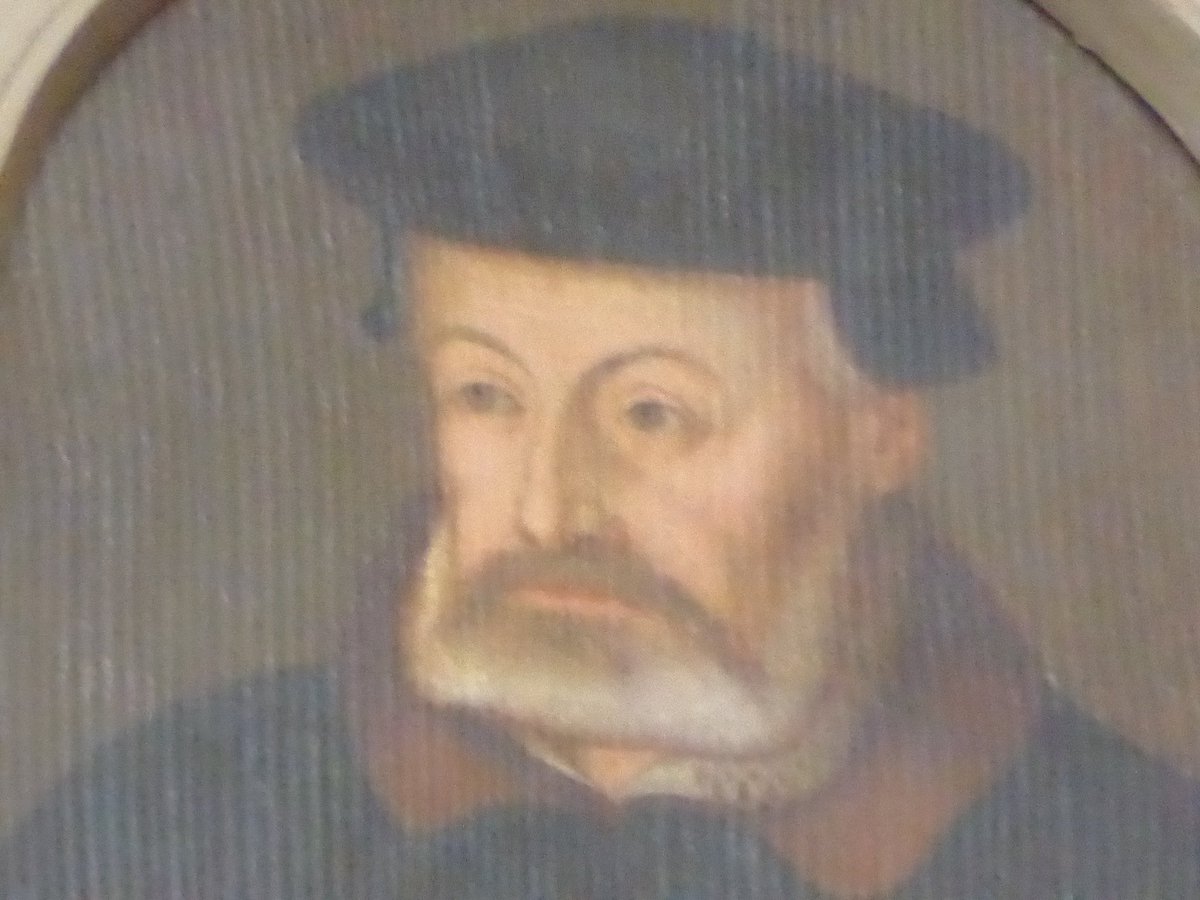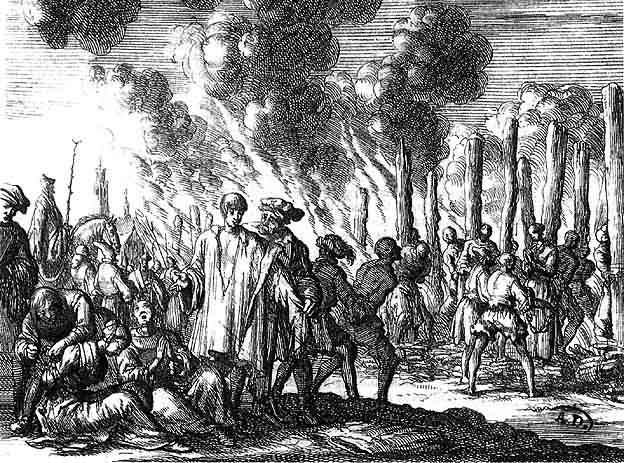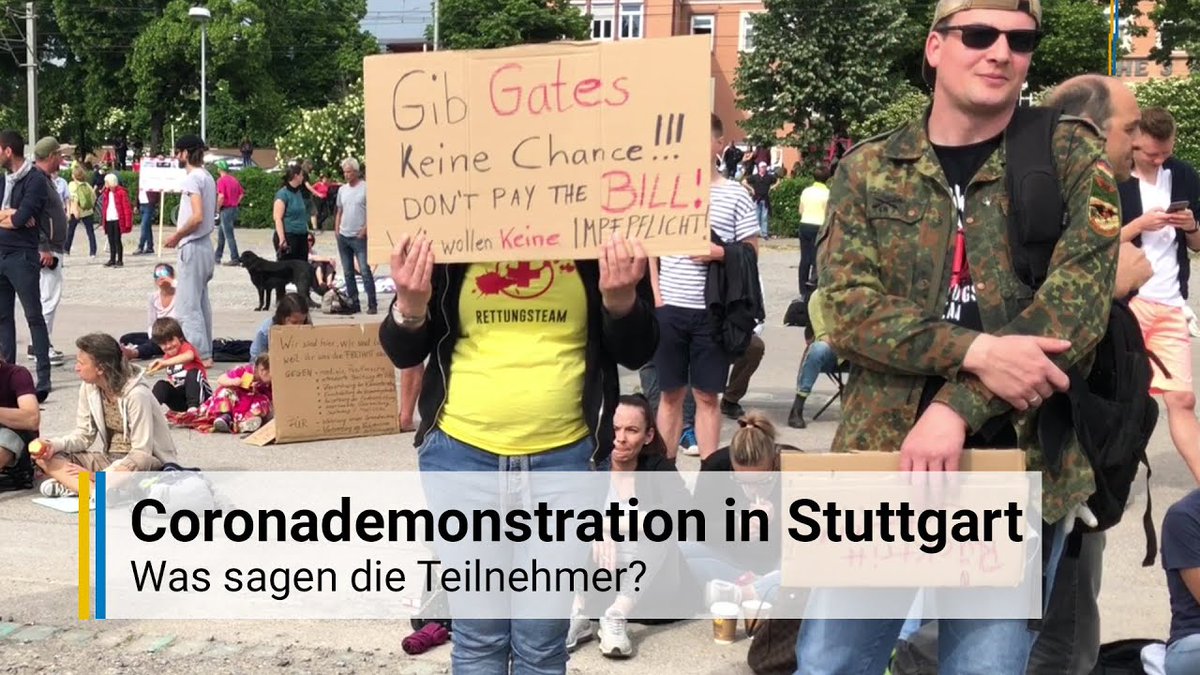On August 5th, 1562, a severe hailstorm swept across what was then the Duchy of Württemberg, in modern Southern Germany. Crops ready to be harvested were destroyed, homes damaged, and livestock injured. /1
This was, perhaps, the highpoint of what had been a tumultuous couple of years - drought, plagues and regional strife had made the lot of all Württemberg& #39;s inhabitants all the more fractious and stressed. /2
Perhaps the most tumultuous development not linked to the climate, or disease was the spread of Protestantism into Württemberg. It was not always a smooth process and some areas held out dearly. Anabaptists - those who rejected infant baptism, were also feared as heretics. /3
When Württemberg& #39;s harvest was destroyed, tensions flared and someone needed to bear the blame. At the time, bad weather was seen to be something that could be commanded by witches - specifically, women who had done a deal with the Devil. /4
In the small town of Wiesensteig, panic gripped the streets. Anabaptists had recently been arrested at a meeting near the town, and it seemed like everywhere was infested with the servants of the Dark One. /5
Presented with the panic of townsfolk, and terrified at what seemed to be diabolical wrath inflicted on the land, the local lord, Ulrich XIII von Helfenstein did what many would come to do - jail and question those named as potential witches. /6
At the time, the legal code, the & #39;Constitutio Criminalis Carolina& #39; was confessional in nature - that is to say, convictions were predicated on a confession. Torture was therefore used to extract confessions from the supposed witches - mostly older women. /7
Six of the seven accused were then burned at the stake - the townsfolk all present out of fear or grisly curiousity.
Some of the women claimed that townsfolk from nearby Esslingen were also witches. As the embers cooled, messengers were sent bearing names. /8
Some of the women claimed that townsfolk from nearby Esslingen were also witches. As the embers cooled, messengers were sent bearing names. /8
Rather than start their own witch hunt (at least at that time) the Esslingers didn& #39;t begin their own witch burning frenzy. Incensed at their lacks attitude, Ulrich decided to ramp up his persecutions, hoping to be seen as a firm defender against witchcraft. /9
In Wiesensteig, witch burnings became a regular occurrence. Sixty three were murdered, if the sources are accurate. News soon reached Stuttgart, where the Duke, Christoph, even carried out a few burnings on a hill outside the city. /10
It was only after the strenuous preaching of Protestant reformers like Johannes Brenz and his reformers that the burnings came to a temporary halt in Württemberg. /11
The door had been opened, however. Wiesenstieg could be considered one of the first large-scale witch hunts that would periodically flare up throughout Southern Germany over the coming century. Thousands of men and women would be killed through fear and settling scores. /12
Why did I think of this story today? Well, it& #39;s a wet, dreary day here, following a dazzlingly sunny week. Even with modern conveniences, I still note the effect it has on people. We& #39;re still tied inextricably to the skies and what they bring. /13
Secondly, the radio keeps talking about the demos taking place nearby - a circus sideshow of antivaxxers, 5G skeptics and other conspiracy theorists. Their fear is contagious, together their anger escalates. The world has deliver misfortune, they want something to blame. /14
It would seem nothing really changes, does it? /FIN

 Read on Twitter
Read on Twitter